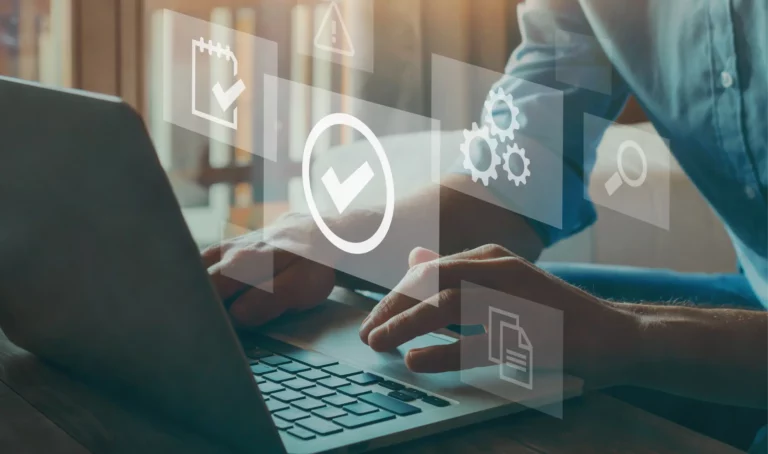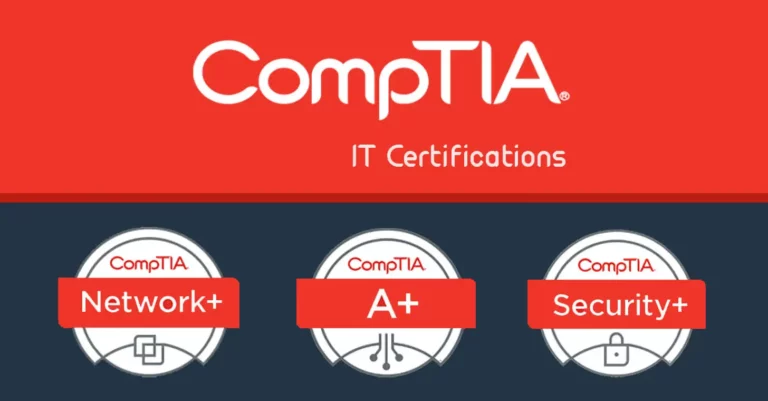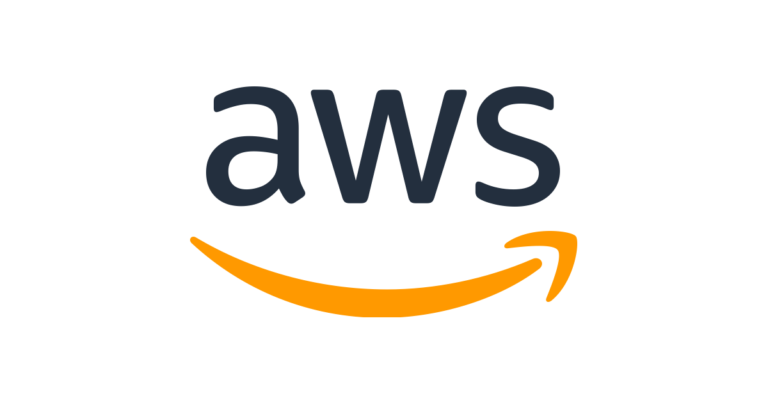In today’s competitive job market, having the right certifications can make a significant difference in one’s career prospects. One set of certifications that stands out in the IT industry is CompTIA certifications. The Computing Technology Industry Association (CompTIA) offers a range of certifications that validate the skills and knowledge required for various IT roles. These certifications are recognized globally and are highly regarded by employers, making them a valuable asset for professionals looking to advance their careers in the ever-evolving field of technology.
IT Certification Practice Tests:
Preparing for IT certifications can be a daunting task, but it doesn’t have to be. IT certification practice tests provide a valuable resource for aspiring professionals to assess their knowledge and readiness before taking the actual exam. These practice tests simulate the real exam environment, allowing individuals to familiarize themselves with the format and types of questions they may encounter. By taking practice tests, candidates can identify their strengths and weaknesses, enabling them to focus their study efforts effectively. Moreover, practice tests also serve as a confidence booster, instilling a sense of readiness and reducing anxiety when facing the actual certification exam.
CompTIA Certifications:
CompTIA certifications cover a wide range of IT disciplines, catering to different skill levels and career paths. These certifications are recognized globally and are industry-standard benchmarks for validating IT skills. CompTIA offers certifications in areas such as IT fundamentals, networking, security, cloud computing, project management, and more. The certifications are designed to assess both foundational knowledge and specialized skills, ensuring that certified professionals possess the expertise needed to excel in their respective domains. Whether you’re a beginner looking to enter the IT industry or an experienced professional aiming for career advancement, CompTIA certifications provide a solid framework for showcasing your abilities and staying competitive in the field.
CompTIA A+ Certification:
The CompTIA A+ certification is widely regarded as the starting point for a career in IT support and operations. This certification validates the foundational knowledge and skills required to install, configure, and troubleshoot common hardware and software components. It covers areas such as computer systems, networking, mobile devices, and operating systems. By earning the CompTIA A+ certification, professionals demonstrate their competence in providing technical support, identifying and resolving hardware and software issues, and ensuring the smooth functioning of computer systems. The CompTIA A+ certification is highly sought after by employers, as it serves as evidence of an individual’s ability to handle entry-level IT support roles effectively.
CompTIA Network+ Certification:
In an increasingly interconnected world, the CompTIA Network+ certification holds immense value for IT professionals specializing in networking. This certification validates the knowledge and skills necessary to design, configure, manage, and troubleshoot both wired and wireless networks. It covers topics such as network infrastructure, network operations, network security, and network troubleshooting. By earning the CompTIA Network+ certification, professionals demonstrate their ability to support and maintain network infrastructure, ensuring reliable connectivity and efficient data transfer. With the constant demand for network administrators, network technicians, and system engineers, the CompTIA Network+ certification opens up numerous opportunities for career growth and advancement in the networking field.
CompTIA Security+ Certification:
In an era of increasing cybersecurity threats, the CompTIA Security+ certification plays a crucial role in equipping IT professionals with the knowledge and skills needed to secure networks, systems, and data. This certification covers a wide range of cybersecurity topics, including network security, threat management, cryptography, identity management, and access control. By earning the CompTIA Security+ certification, professionals demonstrate their ability to assess and mitigate security risks, implement secure network infrastructures, and respond effectively to security incidents. With the growing importance of data protection and the need for qualified cybersecurity professionals, the CompTIA Security+ certification provides a solid foundation for individuals seeking careers in cybersecurity and related roles.
In conclusion, CompTIA certifications offer immense value in today’s competitive IT industry. These certifications provide a standardized framework for validating skills and knowledge, enabling professionals to showcase their expertise and stand out in the job market. Whether you’re looking to start a career in IT or aiming for career advancement, CompTIA certifications can open doors to a wide range of opportunities. By investing in the right certifications and continuously updating one’s skills, professionals can stay relevant and thrive in the dynamic world of technology.








